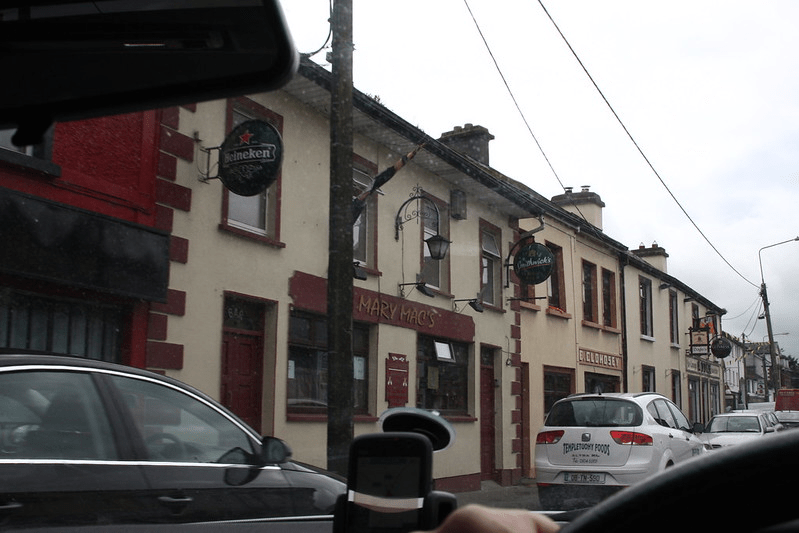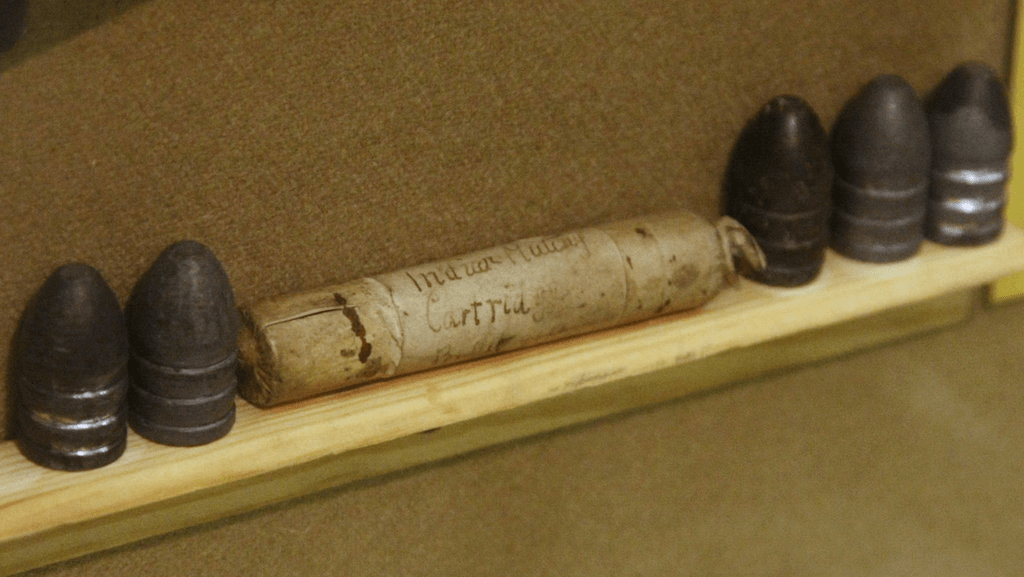Facebook post #062 and last of the original ‘lockdown project’ set (Mar 2021)
You will want a cuppa for this one.
Forget what you know – it wasn’t like that.
“It was not the British government that began seizing great chunks of India in the mid-eighteenth century, but a dangerously unregulated private company headquartered in one small office, five windows wide, in [Leadenhall St] London, and managed in India by a violent, utterly ruthless and intermittently mentally unstable corporate predator… The [East India] company had been authorised by its founding charter to ‘wage war’ and had been using violence to gain its ends since it boarded and captured a Portuguese vessel on its maiden voyage in 1602… By 1803, when its army had grown to nearly 200,000 men it had swiftly subdued or directly seized an entire sub-continent.” [William Dalrymple.]

The EIC was not finally nationalised until 1858, by which time it had directly killed 300,000 Indians, half starved the population and crumpled the economy – the price of a cup of tea.
And the English gentlemen of the Raj? Step forward the ancestors: César Dupont, of Grenoble; Alexander McDicken of Glasgow; Thomas O’Leary; Donald MacDonald; James Bolton of Tipperary, Ireland; James Radley Hogan born to a Tipperary family in London. And yes, Samuel Crump of Middlesex; John Beale of Worcestershire and Warwickshire; and William Lewtey of Nottingham. It has been said that there were never more than 2000 white Britons in India (with 40,000 British soldiers in 1857).

James Bolton enlisted with the 11th Light Dragoons while it was in Ireland, and – at the tender age 16 – promptly deployed to reinforce Wellington’s army in the Peninsular Wars in Spain and Portugal. Then they were at the Battle of Waterloo, eventually bivouacked victorious on the Champs Elysees. In 1819, they were stationed at Cawnpore, India (the ‘Manchester of the East’), and were at the Siege of Bhurtpore in 1825. Three years later, in Allahabad, he married Mary Anne Blaney, who was probably Irish or Irish-Indian. By 1831, James had had two children, and died, aged 36.
Next up, Donald. Sadly, I haven’t yet managed to connect him to the 1100 years of documented Clan Donald history… He was probably a military man, born in Varanasi in 1795: his son Robert was a Gunner at the time of his marriage to James Bolton’s daughter Matilda in Calcutta in 1844. Their daughter, Lucy was born in the North West Frontier (now in Pakistan).
William Lewtey had also enlisted. When he died in 1854 – in the North West Frontier, at age 36, he was a Sergeant Major. He was awarded a medal for service in the Second Afghan War. He had married Elizabeth Hogan in Calcutta in 1842. She was born there in 1796, only three years after the East India company abolished Nizamat (local rule), and assumed full sovereignty of the region. Under the company rule, and later under the British Raj, Calcutta served as the capital of British-held territories in India until 1911.


Elizabeth’s father had been James Radley Hogan. He was a Corporal with the Royal Scots in Trinchinopoly, Madras in 1820, and a Gunner with the 2nd Battalion Artillery in Bangalore (400km north), when he died 12 years later, at age 29. It may have been this James Hogan who, in 1819, was transported from London for life for stealing a handkerchief! He would have hoped to commute the sentence to a period of service with the EIC… William and Elizabeth’s son, William Henry Lewtey, was born 1000km NW of Calcutta, in Cawnpore.


John Beale entered service as an Apothecary with the EIC’s European Bengal Army in 1817, and was with the 59th Foot in Fort William, Calcutta in 1818. “The apothecaries are charged with the preparation and administration of medicines, the care of wounds, accidents, and injuries, during the intervals of the visits of the surgeons, the admission of patients, and, in fact, are the general assistants of the medical officers in the performance of their professional duties in the field, in garrison, and in all the circumstances in which the troops are employed.” (more on the blog). Fort William was built to protect the city. The Black Hole of Calcutta was a dungeon there in 1756, when the Fort was briefly lost.
Mary Curley was likely also to have been from Bewdley, Worcestershire. (Apparently, Curley equates to the Irish Mac Thoirdealbhoigh – son of a man in the shape of Thor!). There is a Beale’s corner by the River Severn in Bewdley to this day. John and Mary married in Cawnpore in 1825, where their son Alfred Lionel was born in 1831. It was as well that they moved on, initially to the Police Hospital in Calcutta. In the year that John died in Chunar – 1876 – the Indian Rebellion came to Cawnpore, and nine apothecaries were killed.

Alfred managed to land himself a clerical job – many were reserved for Anglo-Indians – but there was a strict ceiling on how high he could be promoted. He would have fitted in neither with the white nor the Asian community, and would have had a social requirement to keep up the appearances of the former with the means of the latter. By the time he married Jane Cotton in 1855, he was an accountant in a prison, 3200 km away in Moulmein (Burma). At one point, he was a 5th grade (Extra) Assistant Commissioner, possibly a travelling magistrate.
Jane’s father, Frederick, was a Clerk to the Commissioner and had the admirable brass neck to present Jane for baptism along with her sister Jeanette, who had been born a month earlier. Both are described as ‘base’ daughters, i.e. illegitimate. Jane seems to have been brought up by a step-mother, Hannah Fox, an “Indo Britain” (sic), who married Frederick when Jane was about eight. Hannah died at age 30, Frederick at 52.
Alfred and Jane had two children before they were married, and seven later children. The first of these, born seven months after they were married, was our Arthur (or Alfred) Curley Beale – my grandmother remembered he was known as ‘Curley’. Alfred snr made it to 59.
Alexander McDicken enlisted with the 72nd Regiment of Foot, which was deployed to India in 1782. His son Hugh was born in Secunderabad in 1803. Thomas O’Leary was a Sergeant Major with the 5th Native Cavalry, implying that he was of mixed race. He had two daughters by a woman with perhaps an Asian name, ‘Yaramah’. Hugh married Thomas’s daughter Ellen in 1824 in Bangalore. Hugh was a Gunner with the Horse Brigade when he died, aged 39. His widow lived until the ripe old age of 55.


Next up, the Dupont family. Their most illustrious member was the Pierre who switched sides during the French Revolution, defended Marie Antoinette from the mob, escaped execution when Robespierre was killed, fled to America. There he founded one of the United States’ most successful and wealthiest business dynasties. Roosevelt married one of them. Our César, like other Huguenots in the family, fled mainland Europe for England. His son was the virulently anti-Catholic Vicar of Aysgarth and chaplain to the Chancellor of Lancaster (more on the blog). His son, John Dupont, was born in Wensleydale in 1740. He married Susanna Leonora D’Veer in India. She died of a ‘mortification’ when she was 24.
Despite surrendering a fort during the Siege of Arcot when “the Nabob’s people refused to fight”, John was promoted to Lt-Colonel and was commandant of Fort St David, the second centre of British power in southern India, until his death in 1807. Fort St David is where Clive of India – the aforementioned unstable predator – met his wife. She was from Swindon, of course. (There is more on the blog about all these places – see also map below.)

John and Susanna’s second daughter, Elizabeth, married Lieutenant George Crump’s son in Cuddalore, now in Tamil Nadu. Their son, George Samuel, married Ann Matilda Holland in Calcutta in 1828. Their son George Theophilus married Alexander McDicken’s daughter Agnes in 1851 at Fort St George, Madras. George S died of liver failure in 1873, aged 45. George T also died at age 45 – Agnes went first, so lived no longer than 37. Both the Duponts and the Crumps have monumental tombs.

Fort St George was where it all started in 1640, the first significant British settlement in India, built to secure the EIC’s interests in the spice trade. It was known as White Town (where the white people lived). The surrounding Black Town became Madras, capital of southern British India – it’s now Chennai, capital of Tamil Nadu.

George T Crump was described on his death certificate as a government pensioner. He left a detailed and god-fearing will, stipulating how his house and worldly goods should be disposed of (mostly to the church, as his family had “behaved very shamefully negligent” towards him). The neatly written text is underlined when he stipulates that his dogs should be given to those who desire to have them but they may not be destroyed or brutally turned out of doors. Likewise, his black milk cow was on no account to be sold to a Musselman or butcher but rather to a Hindoo man or woman!

His daughter, Florence Eleanor Crump married Curley Beale in 1878, in Rangoon, and died 12 years later, aged 30. Curley had a clerical job like his father. Rangoon compared favourably with London for its civic conditions at the time. William Henry Lewtey joined the British Indian Army as an Apothecary in 1863, and married Lucy MacDonald at the Sanawar/Kasauli Hill Station (300km north of Delhi, in the lower Himalayas) in 1869. He was an assistant surgeon in Rawalpindi (now Pakistan) and moved to Meerut only a few years after the Indian Rebellion started there, and then on to Burma.

These were my grandmother’s four grandparents. George Lewtey met Olive Beale in Rangoon, and they married there in 1909. I told their tale into WWII in post 29.
“Are you White British?” I was asked when I had my Coronavirus jab last week (“More or less”). Perhaps, as well as ‘English’ and ‘European’, I could have written ‘One Quarter Anglo-Indian’ on my census form.
My magazine editor cousin, Tina Gaudoin, has written movingly in The Times about her reconnexion with Burma, stemming from the “Why does your dad always have a suntan?” question in her Norfolk playground (Google it). For me, like so many, that is not going to happen. I have exchanged letters and emails with people in America and Australia who remember India, but most of them are no longer with us, including one relative who had been posted to Swindon in WWII. I have now started to connect online with genetic relatives, so I really am part Hogan, and part O’Leary, and so on.
But the Anglo-Indian community, once strong, has been scattered to the four winds, and assimilated on every continent. Such is the fragility of identity. And so ends my last instalment.